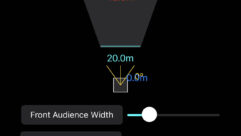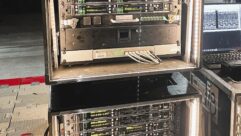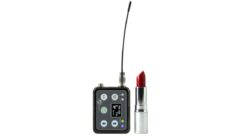TUNING UP
Jul 1, 1999 12:00 PM,
Jared Blankenship
As A-V designers and installers, many of you are already aware that yourcommitment to your client does not end immediately after the freshlyinstalled system is activated and even approved, nor does it begin when thefirst screw is tightened. As soon as you turn control of the system over toyour customer, you can expect a barrage of questions pertaining to itsoperation, or you may have to return regularly to make minor adjustmentsand perform routine maintenance. Further, in a matter of weeks or evendays, the parameters for which you designed and installed the system mayhave changed. A new radio station may have gone on the air, interferingwith the system’s smooth operation. Architectural changes may have beenmade; a wall through which you ran cable may have been torn down, severinga link essential to the system’s function. Equally probable, the client,upon learning of some new element of technology, may desire its immediateinclusion. Whatever the reason, it is an absolute certainty that even afteryou complete an installation, you will have future contact with yourclient, whether over the phone to answer a quick question or in person toperform a full retrofit.
In this month’s issue of S&VC, you will find information necessary tomaking those return trips as quick and efficient as possible. Armed withtechniques for eliminating hum and buzz, maintaining alarm systems andevaluating an application’s cable requirements, you can be sure to spendless time picking up the pieces after a project and more time developingthe next one. Additionally, much of the information will prove useful notonly after an installation, but also before it. A key element in minimizingsystem maintenance is the proper selection and implementation of itscomponents. In the end, you may find that as you improve your maintenancetechniques, you will come to dread the experience less and look at it as ameans to provide heightened customer satisfaction, which, in turn, iscrucial to return business.










